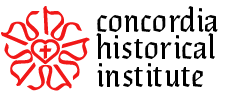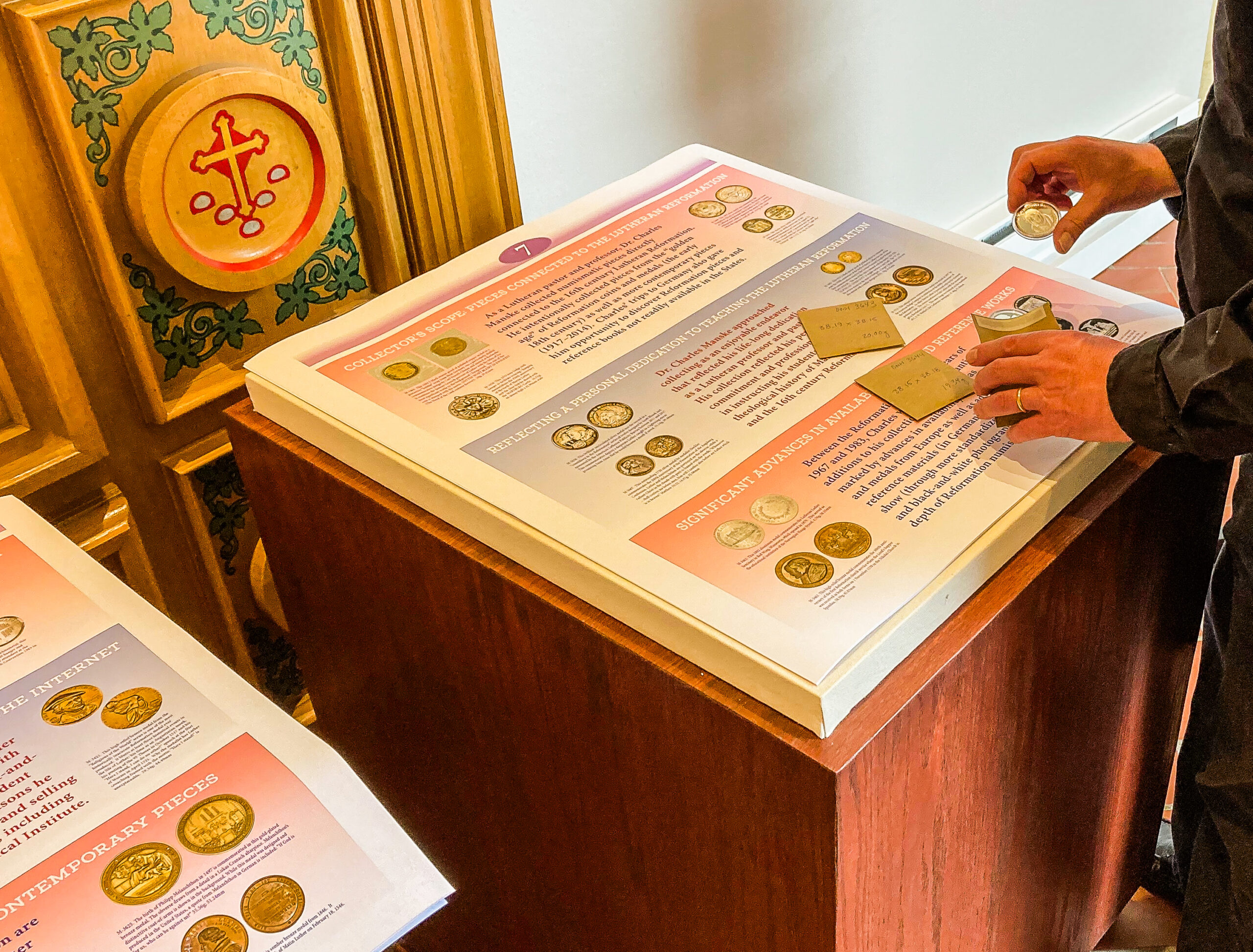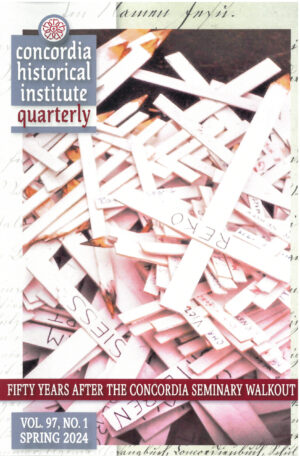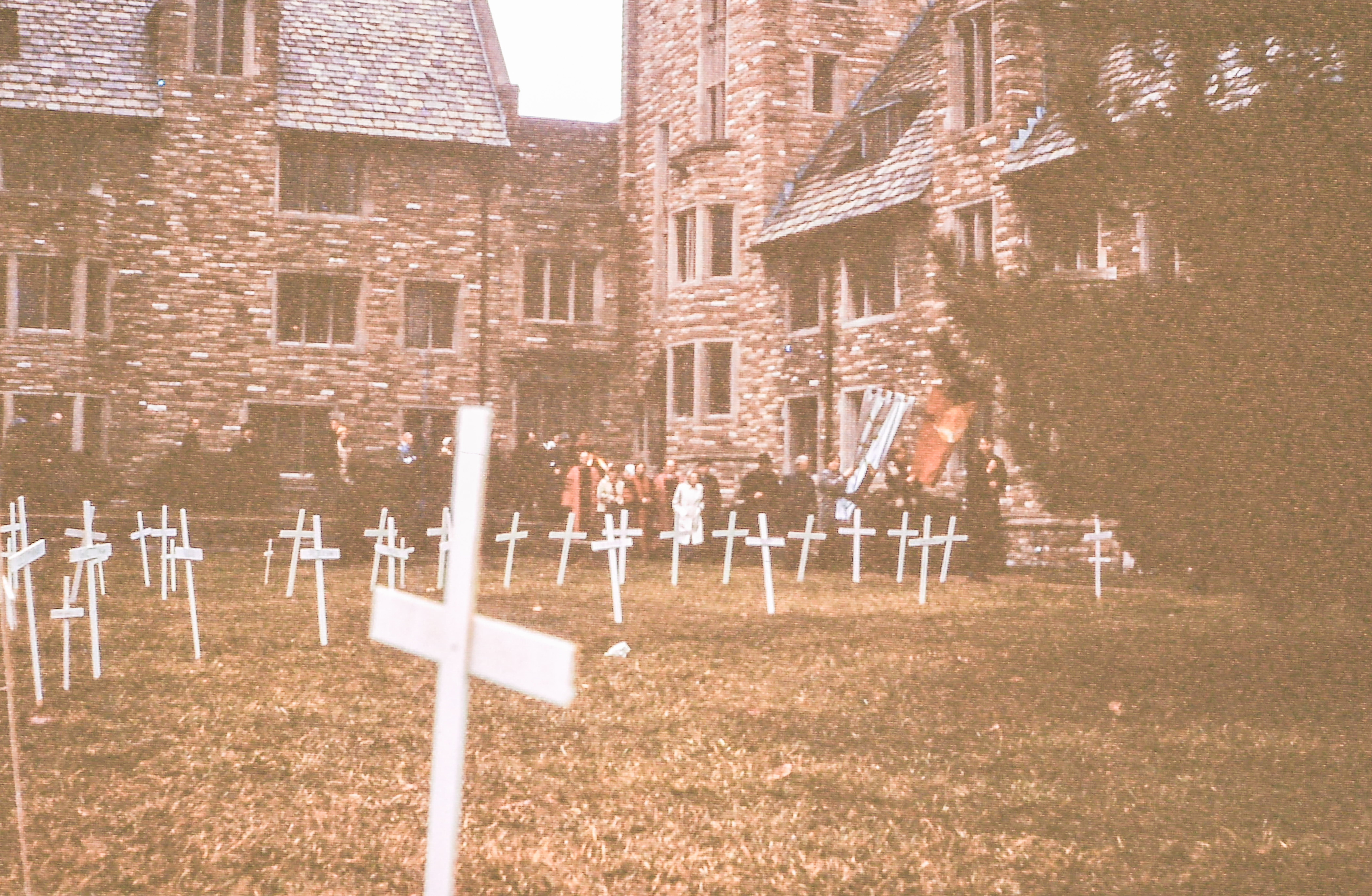Service Bulletin #3
In theory, biographical information is available on all past and present clergymen and teachers in the service of The Lutheran Church–Missouri Synod. However, there is no one single source that will readily divulge all the information a researcher may desire. If the interest lies simply in pinpointing important dates in the lives of these people, usually one or two sources will suffice. If, however, the interest goes deeper than this, additional steps generally will become necessary. These steps and their usefulness are outlined below. The Institute staff is ready to offer additional helps and suggestions in the use of finding aids and the resources themselves. In order to expedite the research, we suggest the following steps in the order presented:
- Master index to obituaries appearing Der Lutheraner, the Lutheran Witness and other church publications. Please bear in mind that not every clergyman and teacher was “written up” at the time of their death. Some notable exceptions are:
- individuals who did not die in service;
- individuals who died in retirement and on occasion may have been omitted;
- an obituary assigned to an author who failed to comply;
- teachers who served congregations under contract rather than call.
A definite transition has taken place in regard to the length of these notices. During the early years of Synod, extensive, full scale biographies appeared. Recently these have been completely transformed into concise brief sketches of the “Who’s Who” type. There is no documentation in these accounts.
- The microfilmed personnel records of synodical pastors and teachers. These do not always contain complete information. This is particularly true of the earlier servants on whom very little family data has been assembled. One advantage of this source is that references are often made to Der Lutheraner and the Lutheran Witness pertaining to installations and other notices appearing on the subject. These records are restricted to use at the Institute, but copies of individual records may be obtained. The information on this set of films is not being updated and covers individuals in active service only into the 1960s.
- The master, cumulative card index to the Concordia Historical Institute Quarterly contains both longer and shorter references to individuals who have been mentioned in the volumes of the Quarterly (1928-present). A published index also appears at the end of each fourth volume.
- The biographical files of the Institute contain copies of biographical sketches, orders of service, obituaries, photographs, personal writings and other information on individuals. Portions of these files may be restricted. Materials found in this section will generally represent the total of available resources on a certain subject. Thus, for example, sermons, other writings, letters, etc., will be found in the same file. They also may contain copies of articles about the subject and other primary and secondary resource material that is usually classified as biographical.
- Congregational histories can be another excellent resource. After it has been established which parishes were served by the subject, additional leads may be obtained from the histories of these congregations located in the Institute’s Historical Library. Since not all parishes have published their histories, this source may not always be available. Additional notes, orders of service and smaller documents on congregations are also found in vertical files, which are partially indexed. Congregational histories may also contain photographs of the subject.
- District and synodical proceedings may also yield biographical information. Lists of convention delegates present and absent and the president’s official report of pastoral and teacher changes may help to pinpoint dates. These reports did not always appear in the district proceedings, but they were published in the Statistical Yearbook (see next item).
- The Statistical Yearbook is a helpful source, particularly for years in which official reports of changes and installations did not appear in the district proceedings. Most volumes also contain a list of pastors and teachers who died during that year. This record usually includes the place of birth, date of birth, date of death, place of death, cause of death, and in some cases references to obituaries in Der Lutheraner and the Lutheran Witness.
- The Lutheran Annual or Amerikanischer Kalender lists addresses of personnel each year and may be used in tracking down changes that have taken place. These publications cover 1874 to the present. For similar references during the period 1853 to 1874, Der Lutherische Kalender, which includes all Lutheran pastors, regardless of synod, may be useful.
- District histories may be helpful. Not all Missouri Synod districts have published histories, but if one is available, this may shed additional light on a person’s service to the district or on parishes served.
- Other periodical literature can provide useful biographical information. The official synodical publications have already been referred to. Districts publish their own editions of the Lutheran Witness or separate publications under various titles. These are found in the district section in the Institute library. Sometimes lengthier obituaries appear in the district publication than in the synodical publications. In addition, articles on congregational histories may be found when anniversaries are celebrated, and references may appear to the service rendered by individuals. Some larger metropolitan areas also have separate Lutheran periodicals that contain biographical information. In all these periodicals it is wise check issues for several months after an installation, anniversary, retirement, or other milestone has occurred for articles to appear that give biographical or professional information.
Copyright © 1998 Concordia Historical Institute, 801 DeMun Ave., St. Louis, Missouri, 63105
These bulletins may be freely reproduced & distributed, as long as the copyright, name, and address of the Institute are properly displayed.





